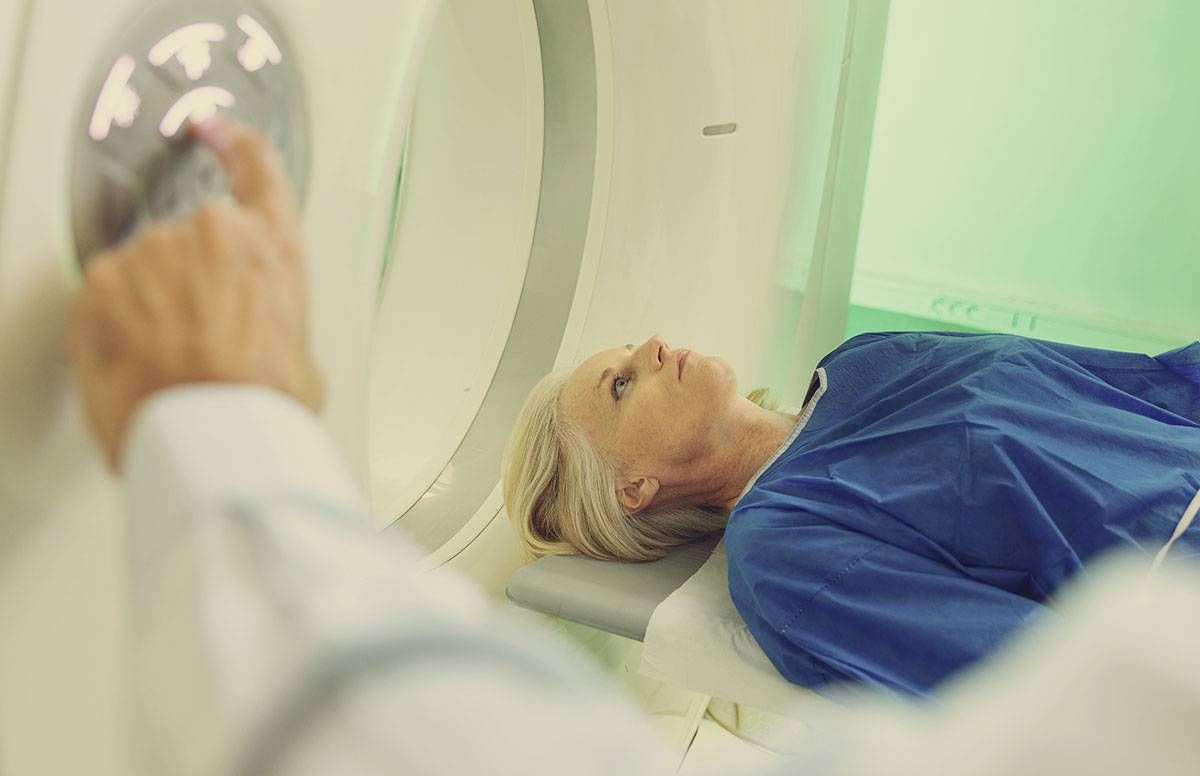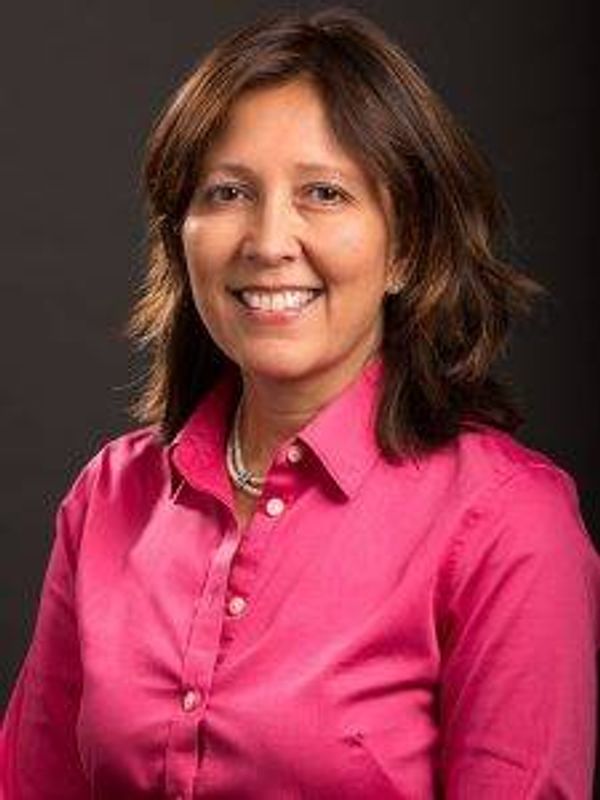Why It's Important for Women to Know If They Have Dense Breast Tissue
Experts explain why dense tissue is more difficult to screen for cancer
I am a registered nurse, medical writer and the lucky owner of two healthy breasts. I have had at least 15 mammograms, all as clean as a recently Swiffered floor.

And yet, when I learned that, in Feb. 2019, Congress passed a national breast density notification law, mandating that patients who have mammograms must be notified of their breast density status, I realized that I didn’t really know what that meant. And I certainly didn’t know why it mattered.
Breasts are made up of milk glands, milk ducts and connective breast tissue, along with fatty tissue. According to the Breast Imaging Reporting and Data System, about 10% of women have breasts composed almost entirely of fatty tissue, about 40% have some scattered areas of dense tissue, another 40% have heterogeneously dense breasts and 10% have extremely dense tissue.
Breast density can be determined only by mammography, not by touch, appearance or cup size.
Why Worry About Dense Tissue?
Why is the presence of large amounts of dense breast tissue a problem?
Because dense tissue appears white on a mammogram, as do tumors and calcifications. Therefore, breast cancers and other abnormalities can blend in with the background (known as the “masking effect). Fatty tissue, dark and transparent, facilitates the detection of lurking areas of concern.
"Breast density is an independent risk factor in breast cancer."
“Breast density is an independent risk factor in breast cancer,” says Dr. Regina Hooley, a Yale Medicine radiologist specializing in breast imaging and professor of radiology and biomedical imaging at the Yale School of Medicine. “Comparing women with extremely dense breast tissue to those with fatty breasts, we find a four to six times increased risk for breast cancer. Women with heterogeneously dense breasts have about two to three times the risk.”

Other factors, such as genetic mutations, age and family history also contribute to lifetime risk.
No one knows exactly why having dense breasts increases the odds of developing breast cancer, and this continues to be an area of active research.
“There are reasonable theories that it may be related to the ‘microenvironment,’ as well as cellular factors,” Hooley says. Dense breasts have more epithelial cells (a type of issue where cancers arise), which can divide and mutate, potentially leading to tumor development.
Research from the University of California San Francisco suggests that the correlation between dense breasts and cancer may be partially due to the interaction between cells that line the mammary ducts and surrounding tissue.
Supplemental Breast Screening
Because it takes multiple X-ray pictures from many angles, 3D mammography, also known as digital tomosynthesis, or DBT, finds more cancers than traditional mammograms. It also decreases both the rate of false positives and the call-back rate after mammography, according to the Mayo Clinic.
Ultrasound technology, used in conjunction with mammography, has been shown to be more effective than mammography alone in detecting cancers, according to researchers at George Washington University.
Particularly useful in women with dense breast tissue, ultrasound uses sound waves to analyze tissue without additional radiation exposure. Some imaging facilities are using the newer “automated breast ultrasound screening,” or ABUS, while others continue to use handheld screening.
MRI for Breast Cancer Screening
For women who have a 20% or higher lifetime risk of breast cancer, for any reason, the American Cancer Society recommends a yearly mammogram plus MRI.

When it comes to screening for breast cancer, “MRIs (magnetic resonance imaging) are probably the best test we have … due to their sensitivity,” Hooley says.
However, it’s important to realize that MRIs can result in relatively high false-positive results. In such a result, the MRI has detected a suspicious area, but after further testing, it turns out to be benign.
Also, an MRI is invasive; it requires an injection of a contrast dye into the patient’s vein before the procedure. Although rare, some people have allergic reactions to the dye, and it can cause complications for people with kidney problems, according to the Mayo Clinic.
Personal Experience Leads to Activism
Brigid Greening, of Des Moines, Iowa, past president of the Iowa Army of Pink, a nonprofit that educates the public on breast density, had three mammograms in 18 months because physicians were monitoring some changes detected in her breasts.
For women who have a 20% or higher risk of breast cancer, the American Cancer Society recommends a yearly mammogram plus MRI.
When she herself discovered a lump in her breast in 2016, further testing revealed that she had stage IIB invasive ductal carcinoma, with a large tumor that had been missed because it had been “hiding” in her dense breast tissue. (Like many women, Greening had never been informed she had dense breasts.)
After her diagnosis, Greening underwent chemotherapy, radiation treatments and a lumpectomy. Then, in January 2017, “bold and bald,” she says, she joined others in lobbying at the Iowa State Capitol for legislation to inform women if their mammograms revealed dense breast tissue. The state’s breast density notification law was passed shortly after.
Dense Disadvantage Ends at Detection
Breast cancer patients with dense breasts are no more likely to die from breast cancer than patients who have fatty breasts, after accounting for other health factors and tumor characteristics.
Also, a woman with dense tissue is no worse off in terms of diagnosis and treatment, says Dr. Jacqueline Tsai, clinical assistant professor of surgery at Stanford Health Care and the Stanford University School of Medicine, and a breast surgeon at Stanford Women’s Cancer Center.
“While imaging is more difficult in woman with dense breasts, if a cancer is found, the presence of dense breast tissue does not appear to significantly impact the efficacy of biopsies, surgeries or other forms of treatment,” Tsai says.
However, she says surgeons need to be extra cautious in ascertaining that the margins are clean (cancer free) while performing lumpectomies or breast conserving surgery.
The medical and public awareness of the ramifications of breast density will likely increase when the national breast density notification law goes into effect in 2021. It was passed as part of a funding bill Feb. 15, 2019. To date, state laws have dictated whether women must be notified.


